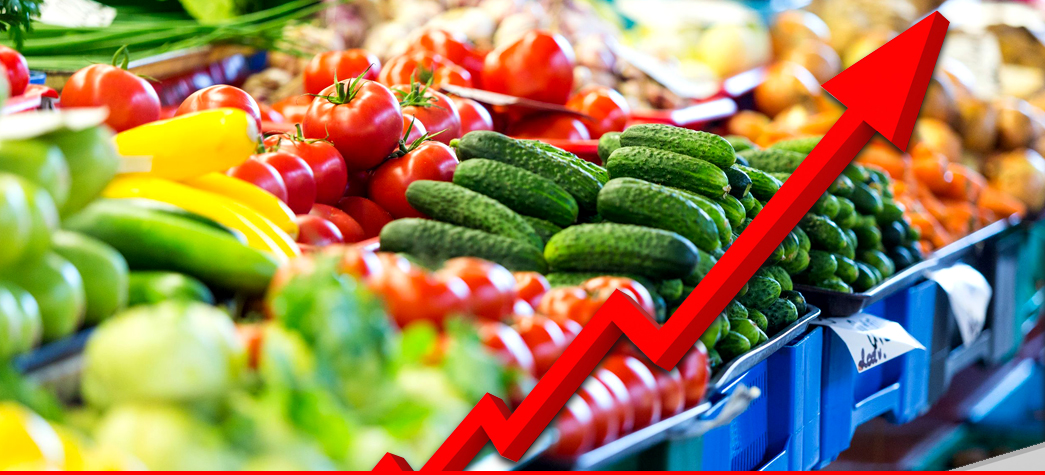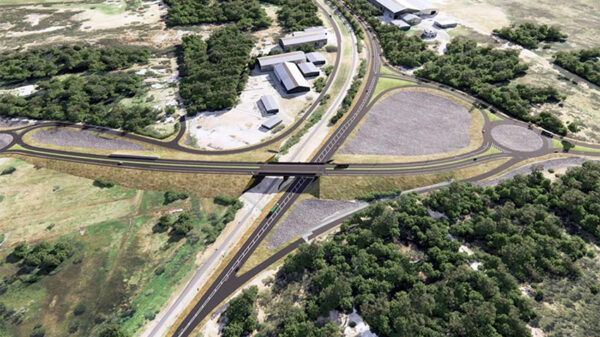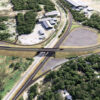If one was asked to pinpoint one defining characteristic of Prime Minister Imran Khan’s economic policy (or lack thereof), it would be runaway inflation. Does the Prime Minister and his economic team realise how this monster is eating up the common man’s income?
In the three years of the PTI government, inflation has consistently beat the target. The prices of sugar, flour, rice, and eggs prices are a good measure of how much the prices of essential consumer items have increased in the last three years.
In August 2018, the PTI came to power and at that time the retail price of sugar was 60 rupees per kg, flour (fine) was available at 40 rupees while chakki flour price at that time was 50 rupees a kg while eggs were being sold at 130 rupees/dozen that too in winter seas and in summer their prices remained below 100 rupees per dozen.
However, soon after the formation of the PTI government, prices started surging consistently. Consequently, retail price of sugar increased beyond 100 rupees, flour (fine) hit 80 rupees, chakki flour price mounted to 90-95 rupees/kg while eggs set a new record by surpassing 200 rupees a dozen last winter.
These days, retail prices of eggs are still over 160 rupees/dozen. Importantly, none of these consumer is directly linked to devaluation of rupee. The situation of other essential consumer items has been no different, which have together pushed the inflation rate beyond the target set by the government every year.
For example, in 2020-21, the average rate of inflation rose to 8.9 percent against the annual target of 6.5 percent. Food inflation is also fluctuating in the double digit because of multiple reasons.
For the year 2021-22, the government projected 8 percent inflation while in July it ended at 8.6 percent, little above the government’s threshold. In the month of July, the first month of the ongoing financial year 2021-22, inflation ended at 8.4 percent.
In comparison with 9.7 percent inflation in June, the graph of price hike has slightly declined, led by a decrease in prices of agricultural products because of better output of edible crops.
The fact is that in the past two years, the subdued production of sugar and wheat triggered food inflation while the government increased prices of petroleum products substantially, causing a rise in non-food inflation. Food inflation is still at
a higher level. For instance, in urban areas, it jumped by 9.4 percent in July on a yearly basis and 1.5 percent on a monthly basis, whereas the respective price level growth in rural areas was at 7.3 percent and 1.6 percent.
Meanwhile, in 2020-21, the government could not keep inflation under check in its third year too, which accelerated to nearly 9 percent, significantly higher than the official target of 6.5 percent that became the biggest challenge for the government of Prime Minister Imran Khan.
During fiscal year 2020-21, the average rate of inflation rose to 8.9 percent. It was the third successive year when the Pakistan Tehreek-e-Insaf (PTI) government could not achieve its annual target due to cost-push factors.
Because the government’s decision to increase administrative prices like electricity, gas, petroleum products, and a weak control over food items prices triggered inflation during 2020-21. The average inflation rate in urban areas was 8.2 percent in the last fiscal year but it remained over 10 percent in the rural parts of the country, affecting people with lesser income the most.
Although the average rate of increase in inflation almost touched 9 percent, the annual inflation rate decelerated for the second month in a row to 9.7 percent in June over a year ago.
This was because of reduction in prices of food commodities in both urban and rural areas. But the non-food inflation increased in both urban and rural parts in the last month.
The Pakistan Bureau of Statistics reported that the prices remained significantly high in both rural areas and the cities, although the pace of increase was slower than the preceding month but still close to double digits. The inflation rate in both urban and rural areas remained at 9.7 percent in June.
The food inflation rate in cities dropped from 15.3 percent to 11 percent and in villages and towns from 12.8 percent to 9.8 percent. But non-food item prices remained elevated both in rural areas at 9.7 percent and in urban areas at 8.9 percent.
Core inflation – calculated by excluding food and energy items – decelerated slightly to 6.7 percent in urban areas in June and to 7.1 percent in rural parts, reported the national data collecting agency.
The food group saw a price increase of 10.5 percent in June from the same month a year ago. Within the food group, prices of non-perishable food items rose 12.9 percent on an annualised basis. But the prices of perishable goods decreased 3.9 percent last month.
The inflation rate for the housing, water, electricity, gas and fuel group – having one-fourth weight in the basket – increased to 9.1 percent last month. Average prices for the clothing and footwear group rose almost 10 percent in June. Prices related to transportation rose 17.4 percent due to higher fuel cost.
On the one hand the government is frequently enhancing prices of electricity, gas, petrol, and changing tax slabs, while on the other, the market forces are taking maximum advantage of the weak governance of the government regarding monitoring of demand and supply of essential commodities and fleecing the consumers as much as they desire.
Although the PTI government is providing subsidies on consumer items through Utility Stores Corporation, this network is too small to provide large-scale relief to millions of consumers battered by the price hike in the country.
Furthermore, the cosmetic measures to monitor price hike are giving free hand to the market forces to fleece the consumers according to their will. For example, during the last quarter of fiscal year 2021 (April-June 2021), the retail prices of sugar shot up to over 100 rupees a kg while the merchants also created artificial shortage of the sweetener to mint money.
At that time the government’s teams made surprise visits of shops, imposed fines on traders, and pulled up the sugar millers, resultantly, the retail price of sugar falling below 100 rupees for the time being. These days, the retail rates of this essential commodity are varying from 108 to 110 rupees per kg.
In the case of sugar, the government first launched a crackdown against sugar merchants and brought down its prices below 100 rupees/kg, but in the new budget for 2021-22, the government itself increased the sales tax slab on sugar, from fixed price of 60 rupees/kg to its ex-mill price, around 85-88 rupees per kg.
Ultimately, the price of the commodity automatically surged above 100 rupees kg at retail stage once again. This example indicates a lack of vision of the government to maintain stocks and prices of essential consumer items in the country.
Similarly, in recent months, the retail prices of ghee and cooking oil have surged by more than 50 to 60 rupees per liter/kg, but no one bothered to look into this issue, which was causing extra financial burden on consumers every week. The examples of sugar and cooking oil/ghee expose a lack of planning by the government to keep an eye on stocks, demand, and supply of the essential consumer items in the market.
A few weeks ago, Finance Minister Shaukat Tarin chaired a meeting of the Price Monitoring Committee and reviewed the prices of wheat, sugar, pulses, chicken and other essential food items. In that meeting the Secretary, Ministry of Food Security, Ghufran Memon, briefed the committee about the import of wheat.
The Minister directed the Ministry of National Food Security to pace up efforts for the import of two million tons of wheat to ensure adequate stocks of the staple food in the country. Kamran Ali Afzal, Secretary of the Ministry of Industries and Production also told the meeting about ongoing import of 0.6 million tons of sugar for strengthening buffer stocks.
He said the tendering process had been initiated and adequate stocks of sugar would be available in the country until the next season. New crushing season begins from October 2021 and by that time the imported sugar will have increased the domestic stocks.
The import of sugar and wheat in the last two years also shows a lack of mechanism to ensure adequate production of sugarcane and wheat. Before the formation of the PTI government, Pakistan was exporting wheat and sugar, but the government started importing both items when hoarders and millers created artificial shortages in the country in the past two years.
Had the government maintained an adequate monitoring of production and supply of wheat and sugar, Pakistan could have avoided their import. How did the country that was exporting wheat and sugar started importing both commodities in large quantities in the last two years?
The PTI government must examine this case in a bid to avoid this situation in the future and to save precious foreign exchange being drained on imports along with protecting consumers from the artificial price hike of essential consumer items.
To sum up, the government must make effective its system that monitors production, demand, and supply of essential commodities with the aim to maintain inflation within the set target. Without making this mechanism effective, it would be impossible for the government to keep inflation low. Meanwhile, the government should also review its tendency of generating maximum revenues by frequently revising upward prices of electricity, gas, and petroleum products. This policy seems to be the root cause of price hike in the country that is giving a boost to inflation every year.










